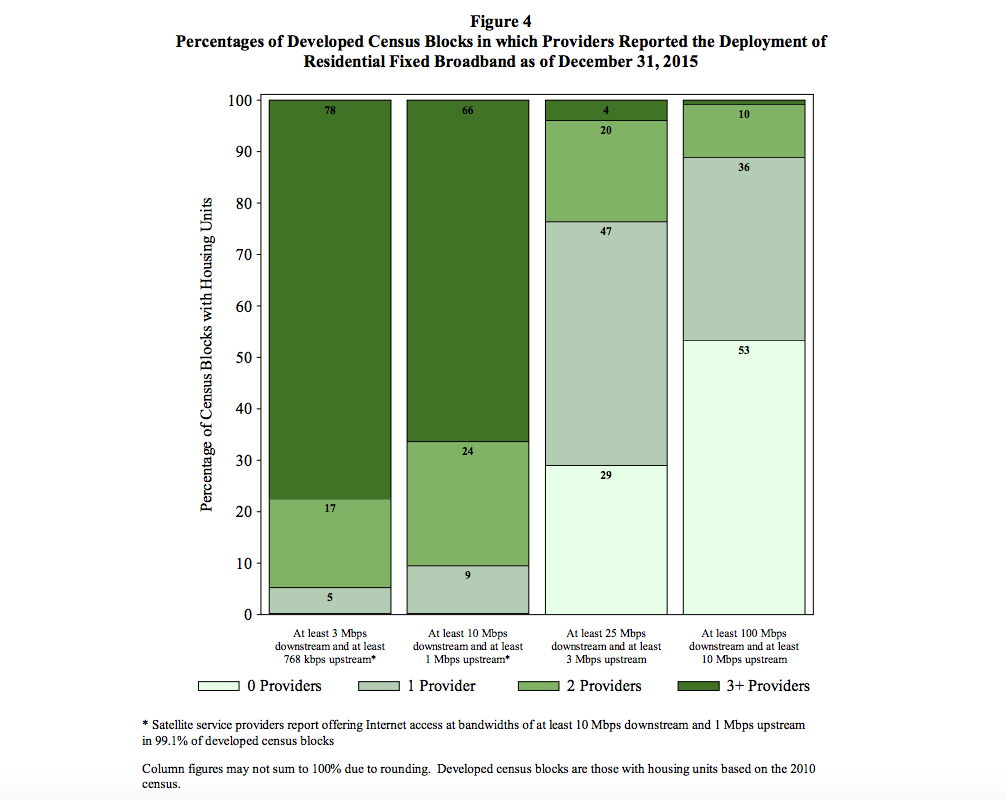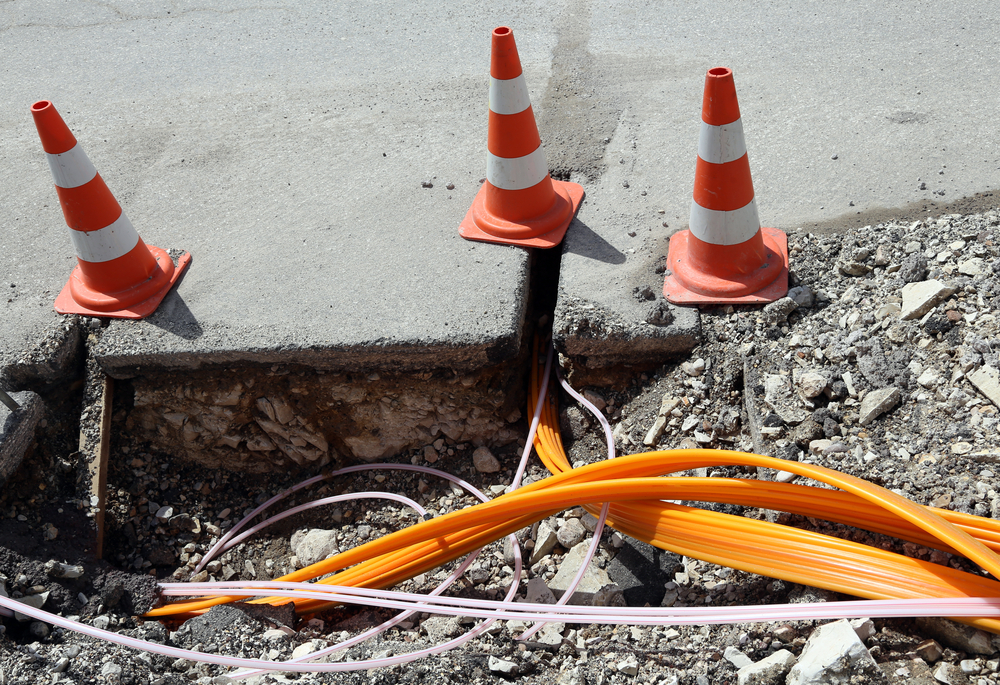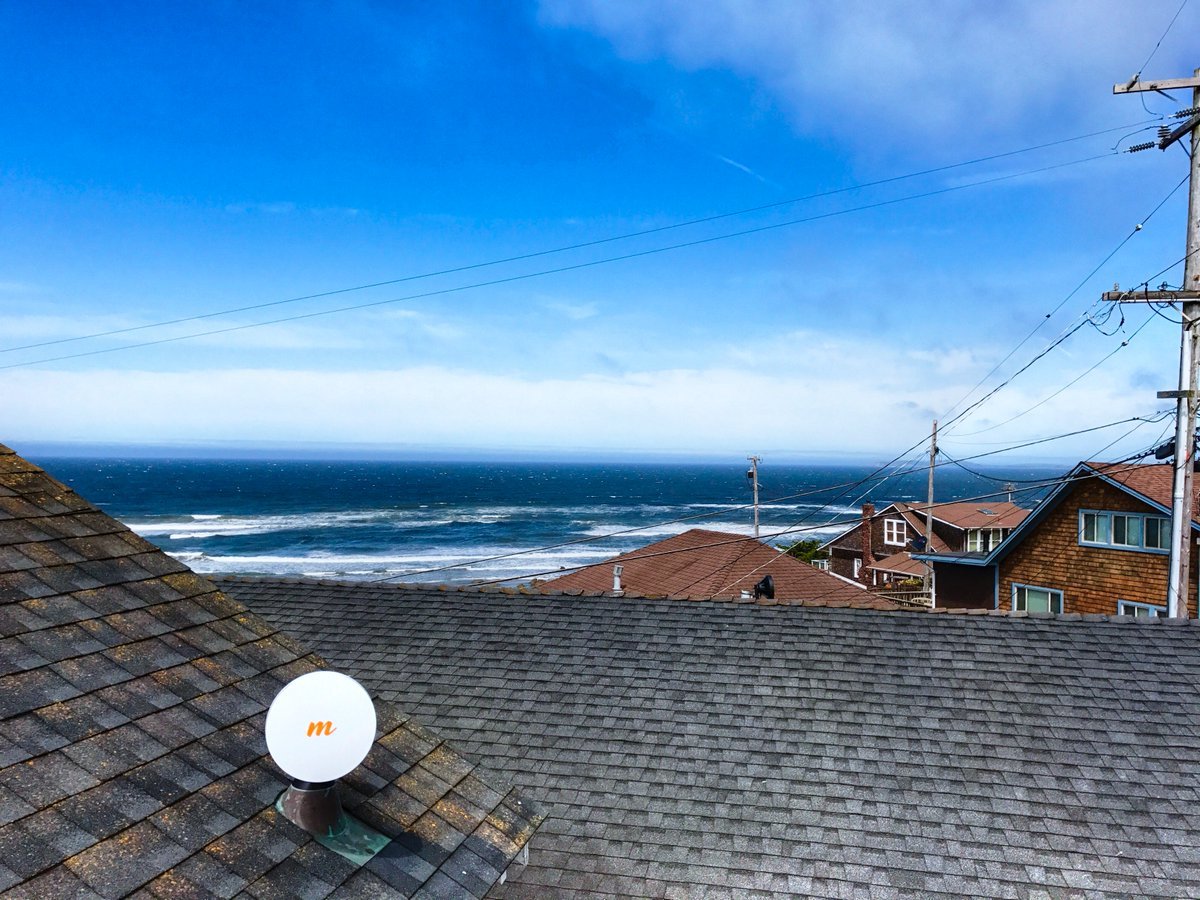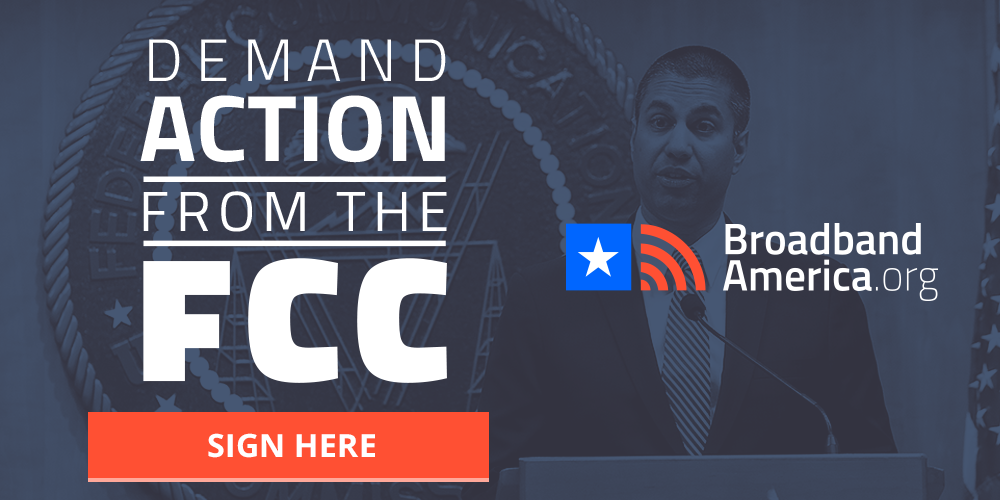Experience the perfect balance of performance and price with the new Mimosa C6x Lite Edition — built for today, ready for tomorrow.

The ripple effects of the Net Neutrality and Open Internet proceedings are being felt by consumers, the tech industry, as well as Internet Service Providers (ISPs) at the heart of the discussion. As a co-founder of a Silicon Valley tech company, Mimosa Networks, I’m a big supporter of the need for an Open Internet to enable new innovations that depend on unimpeded consumer internet.
But it’s important to understand how the lack of broadband competition has forced us into an untenable situation where a near-monopoly on home internet access puts giant service providers in a position to limit or filter our access to the internet. Net neutrality would be far less critical an issue in the U.S. today if we had adequate competition and consumer choice for home broadband delivery.
Most Americans will not be surprised to hear that 78% of the country has only one, or in many cases no ISP option, for super-fast 25 Mbps broadband speeds. And it only gets worse in rural areas, where 39% of the population is left behind with no access to super-fast broadband at all.

According to the FCC’s latest Internet Access Services report (which is accurate as of 2015), just 24% of developed areas in America had at least two ISPs that offered official broadband speeds.
The fact is, while your “favorite” mega-broadband company may do a good job at upping their broadband game in some areas – in the case of the extremely fortunate, maybe even delivering fiber to the home – in most cases there’s rarely any other competition to keep things in check. Without competition, there is no price protection for consumers. And if your ISP does adopt unfavorable practices – like throttling certain websites or content providers in violation of net neutrality principles – you have nobody else to turn to.
Why do we not see more competition for home internet delivery? Bottom line, using wires to connect to a home is an incredibly expensive endeavor. To connect fiber cables to every home, it may take up to 10 years for the service provider to recoup that investment, not to mention the years of planning, digging, and disruption caused in neighborhoods as infrastructure is built out. Even with massive government subsidies, there simply isn’t enough government stimulus funding to get fiber coverage to all of the people who need it. So the prospect of a new company coming along and stringing new cables to your home to bypass the wireline monopoly of the cable and DSL companies is not viable.

Where wires fail, the answer is to go wireless. Just look at our cellular networks for a thriving competitive ecosystem, where four providers under immense pressure to differentiate have driven market entrants like T-Mobile to the top of the leaderboard thanks to incredibly consumer-favorable features and prices.
Unfortunately, cellular infrastructure and spectrum costs prevent a true “broadband” experience over our mobile networks. Today, broadband carries 94% of the internet traffic, and with 4K video and Netflix streaming exploding, ISPs already have upped their limits to 1 Terabyte of data per-month. On average, in 2016, homes consumed 190 Gigabytes monthly! In response to increased use, we’re already witnessing people being disconnected from so-called “unlimited” plans for heavy usage, and data caps and throttling are necessary to avoid overloading these already stretched networks.
Net neutrality remains a concern, but a more fundamental question is how can we improve broadband infrastructure and increase competition? At Mimosa, we believe wireless broadband is the solution, where new wireless-fiber technologies can bridge the digital divide and introduce competition, at literally 1/10th of the cost.

We’ve already proven this new broadband alternative commercially in both urban, suburban and rural markets, delivering 100 and 200 Mbps service with fantastic affordability. However, the FCC so far has dedicated very limited spectrum for us to operate in, and more spectrum is really the key asset for wireless communications and wireless broadband.
In an effort to realize our vision of a gigabit-speed, truly competitive service that could reach ALL Americans, Mimosa recently spearheaded formation of the new Broadband Access Coalition (BAC), and petitioned the FCC to open up key spectrum to spur the growth of wireless broadband. The BAC is a coalition of regional ISPs like Cincinnati Bell, emerging startup and local wireless ISPs like Rise Broadband, as well as the Consumer Federation of America and other public policy groups representing schools, hospitals, and libraries -- constituencies that have fallen short in affordable fiber-fast connectivity options. We’re also pleased to see Google considering wireless broadband as a key priority for this spectrum.
Of course, we support the ideals of the Open Internet. But, more importantly, to solve this problem at its source, we believe in competition as the ideal means to protect consumers from abusive internet delivery practices. If you also believe in competition and want to encourage new ISPs to emerge and protect your Open Internet, we hope that you will lend your voice and support this important petition by visiting BroadbandAmerica.org/sign to submit your comments to the FCC.

The deadline for comments is August 7th, so please act today and tell the FCC that we need more competition to protect our internet access!